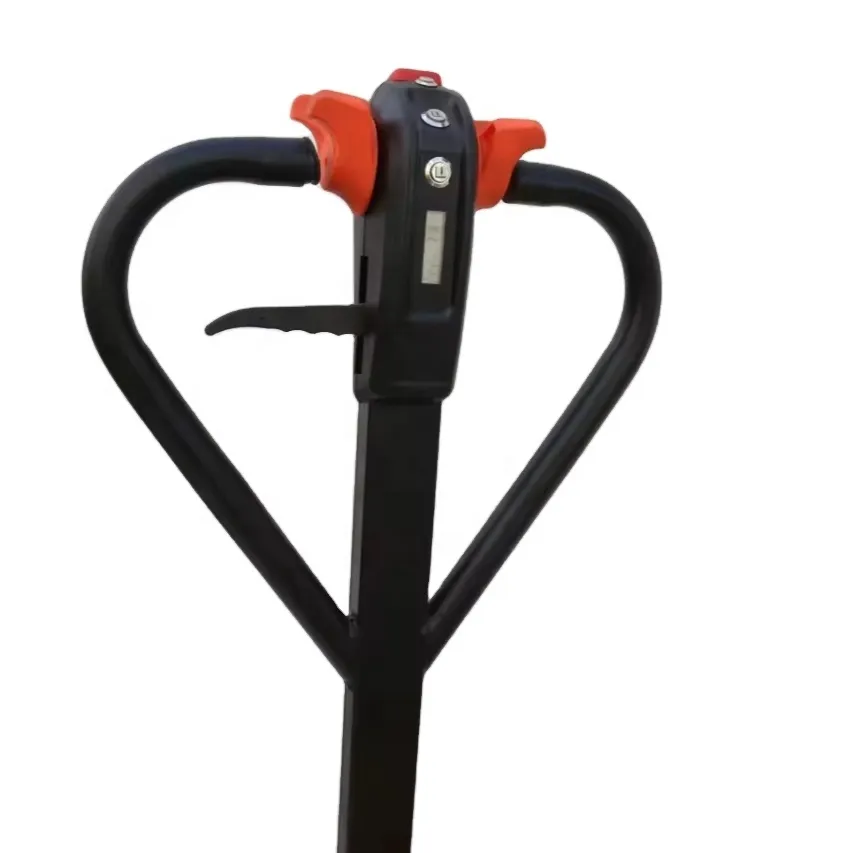


The Importance of Anti-Fall Devices in Modern Safety Systems
In today's fast-paced world, safety has become a paramount concern for individuals, families, and organizations alike. One critical area where safety devices have evolved significantly is in the realm of fall prevention. Anti-fall devices play a crucial role in safeguarding people from the risks associated with falls, which can lead to severe injuries or even fatalities. This article will explore the various types of anti-fall devices, their importance, and how they contribute to creating a safer environment for everyone.
Falls are one of the leading causes of injuries worldwide, particularly among the elderly. According to the World Health Organization (WHO), falls are responsible for approximately 646,000 fatal injuries globally each year, making it a significant public health issue. The consequences of falls can be devastating, not just for individuals but also for families and healthcare systems. To mitigate these risks, the development of anti-fall devices has become essential.
Types of Anti-Fall Devices
Anti-fall devices come in various forms, each designed to address specific risks associated with falling
. Some of the most common types include1. Personal Fall Arrest Systems (PFAS) These systems are typically used in construction, maintenance, and other high-risk industries. PFAS include harnesses, lanyards, and anchor points that are designed to stop a fall before the worker hits the ground. The proper use of PFAS can significantly reduce the likelihood of injury.
2. Guardrails and Handrails Installed in stairways, balconies, and elevated areas, guardrails and handrails provide support and security for individuals navigating potentially dangerous spaces. These physical barriers are essential in preventing accidents, especially for the elderly or those with mobility issues.
3. Floor Mats and Slip-Resistant Surfaces In environments where slips and trips are common, such as kitchens or outdoor pathways, anti-slip floor mats and surfaces can greatly reduce the risk of falls. These materials are designed to increase friction and provide stability.

4. Smart Wearable Devices With advancements in technology, wearable devices equipped with fall detection systems have become increasingly popular. These devices can monitor an individual's movements and detect sudden falls, triggering alerts to emergency contacts or medical professionals.
5. Home Modification Aids For the elderly or those with limited mobility, simple modifications to the home can be life-saving. Anti-fall devices such as grab bars, shower stools, and stair lifts can make a significant difference in reducing fall risks.
The Importance of Anti-Fall Devices
The significance of anti-fall devices cannot be overstated. Beyond their immediate function of preventing falls, these devices contribute to enhanced quality of life and independence for many individuals. For older adults, the fear of falling can lead to decreased mobility and social isolation. By implementing anti-fall devices, caregivers and family members can instill a sense of security and confidence, allowing individuals to maintain their independence.
In workplaces, fall prevention devices not only protect workers from injuries but also reduce the financial burden on companies due to workers' compensation claims and medical expenses. A culture of safety is essential in fostering employee morale and productivity.
Furthermore, as urban environments become increasingly complex, the integration of anti-fall devices into public spaces is crucial. By creating safer environments in parks, shopping centers, and transportation hubs, cities can ensure that all individuals, regardless of age or ability, can navigate these spaces without fear of falling.
Conclusion
In conclusion, anti-fall devices are indispensable in promoting safety and well-being across various sectors. From personal safety systems to smart wearable technology, the innovations in this field continue to evolve, offering solutions to prevent severe injuries from falls. By prioritizing the implementation of these devices, individuals, families, and organizations can create safer environments that foster independence, enhance quality of life, and reduce the overall risks associated with falls. The investment in anti-fall devices is not just an expense; it's a commitment to safety and a proactive approach to preventing a leading cause of injury in our society.



